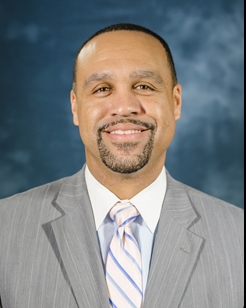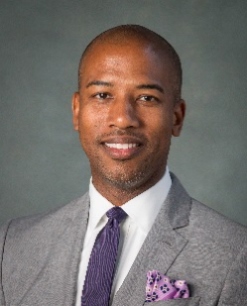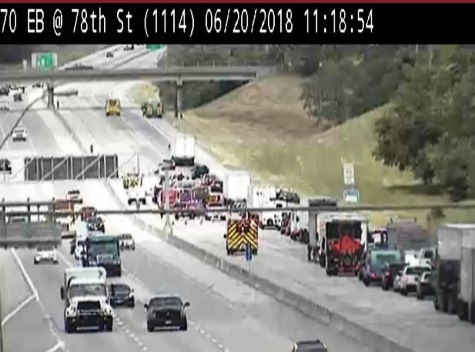

Two finalists have been selected for superintendent of the Kansas City, Kansas, Public Schools.
They are Dr. Jayson Strickland, deputy superintendent for the Kansas City, Kansas, Public Schools; and Dr. Charles Foust, chief school performance officer for Union County Public Schools, Monroe, North Carolina.
Two meet-and-greet sessions are scheduled for the public and the community to meet the superintendent candidates, one tonight and one on Thursday night.
Ray & Associates Inc., a consulting firm, sent out position announcements to 1,165 individuals in 48 states, and May 24 was the deadline for applications, according to Melissa Fears, director of communications with the Kansas City, Kansas, Public Schools. There were completed applications received from 65 candidates. The applications were narrowed to 10 candidates by the consultant.
The Kansas City, Kansas, Board of Education viewed the videotaped interviews and then selected five candidates to interview June 11 and June 14. The board invited two individuals to interview as finalists on June 20 and 21,Fears said.
The school board will conduct a final interview with each candidate after the public meet-and-greet sessions Wednesday and Thursday, Fears said. The closed executive sessions are scheduled at 6:15 p.m. Wednesday and Thursday.
From 5 to 6 p.m. Wednesday, June 20, the public may meet Dr. Strickland in the board room at the Central Office and Training Center, 2010 N. 59th St., Kansas City, Kansas.
From 5 to 6 p.m. Thursday, June 21, the public may meet Dr. Charles Foust in the board room at the Central Office and Training Center, 2010 N. 59th St., Kansas City, Kansas.
According to KCK school district information, Dr. Strickland is a graduate of Washington High School, received a bachelor’s degree from Kansas State University, a master’s and specialist education degree in educational leadership and a doctorate in educational administration from the University of Missouri at Kansas City.
He became a third-grade teacher in 1993, serving at William Allen White Elementary from 1994 until he became program director for Kidzone, a before-and-after school program from the district.
Dr. Strickland also was principal at Caruthers Elementary School from 2000 to 2005, assistant superintendent of teaching and learning for the district from 2010 to 2012, and assistant superintendent of secondary schools for the district from 2012 to 2017. He became deputy superintendent in the summer of 2017. He has taught graduate-level courses at the University of Missouri at Kansas City.
He oversaw the Diploma-Plus initiative of the Kansas City, Kansas, Public Schools, which encourages students to start their post-secondary education while they are in high school.
Dr. Foust, chief school performance officer from Union County Public Schools, previously served as a school support officer for Houston Independent School District, supervising, coaching and mentoring principals and managing programs that improved math and reading, according to information from the KCK district. He managed programs to reduce dropouts, increase graduates and increase effective teachers.
He also has served as a middle school and elementary principal, middle and elementary assistant principal, and high school curriculum facilitator. He has taught at the elementary, university and community college level.
He has a bachelor’s degree in elementary education and master’s in instructional technology from North Carolina Agricultural and Technical State University, a master’s in school administration from the University of North Carolina at Chapel Hill, and a doctoral degree in professional leadership from the University of Houston.

